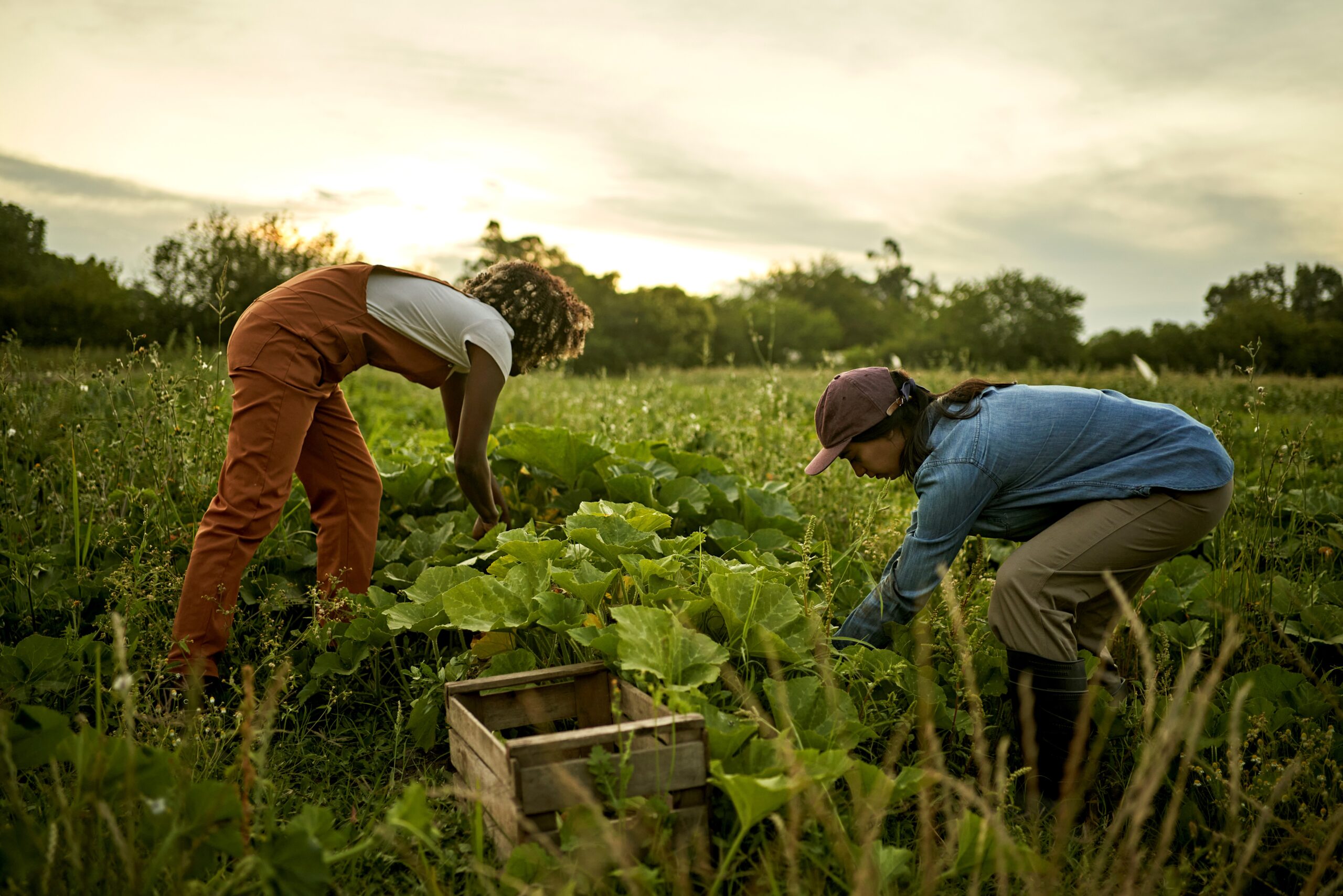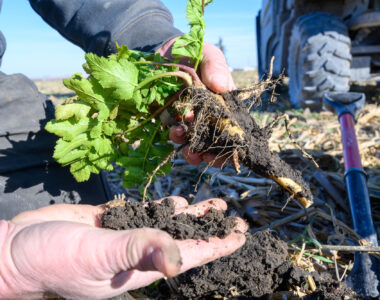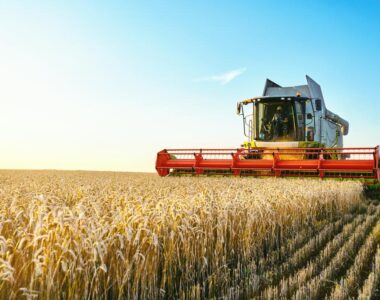
The Situation at a Glance
Farmers across the United States face an escalating farm labor crisis that reaches nearly every sector of agriculture. In California, which grows more than a third of the nation’s vegetables and two-thirds of its fruits and nuts, growers face the steepest challenges. Many struggle to find enough skilled and reliable workers to meet harvest demands. The H-2A temporary visa program, created to fill these gaps, often falls short because of high costs, complex paperwork, and limits on how long workers can stay.
At the same time, labor expenses continue to climb as the pool of available workers shrinks. Applications for seasonal and migrant labor have leveled off, creating a widening gap between what farmers need and what the workforce can supply. This shortage leaves crops at risk of going unharvested and reduces productivity, especially for smaller operations. Many farms now reconsider their business models, reduce acreage, or invest in expensive alternatives such as mechanization. However, mechanization remains impractical for many crops that require careful hand picking.
What We Know
Labor shortages continue to intensify. In California, H-2A application lines grow longer while the workforce ages and fewer young immigrants enter the farm economy. Labor costs continue to rise even though labor availability does not. This imbalance pressures farm profits and threatens timely harvests. This growing farm labor crisis highlights a deeper structural challenge. Many stakeholders point to the limitations of current immigration policy as a root cause.
What’s Being Proposed
- Farm Workforce Modernization Act (FWMA): A bipartisan bill that would reform the H-2A visa system, extend work status, and provide pathways to residency.
- Bracero Program 2.0: A proposed guest-worker program modeled after the mid-20th-century initiative. It would allow longer stays of up to 12 months and expand eligible work categories.
- Shifting political stances: Some lawmakers now support protecting undocumented farmworkers. They argue that deporting these workers would damage agricultural productivity.
Why It Matters
- Food supply risk: Without enough workers, produce could rot, yields could decline, and food prices could climb.
- Economic ripple effects: Labor shortages threaten farm income and undermine rural communities that depend on agriculture.
- Limited alternatives: Automation remains too costly and cannot yet replace skilled hand labor for many crops.
Summary
The farm labor crisis underscores a critical challenge. Agriculture depends on a stable and skilled workforce, yet current immigration systems do not meet that need. Proposals such as the FWMA and Bracero 2.0 offer possible solutions, but their success depends on political agreement. Without reform, instability in the U.S. food supply chain will likely intensify.



